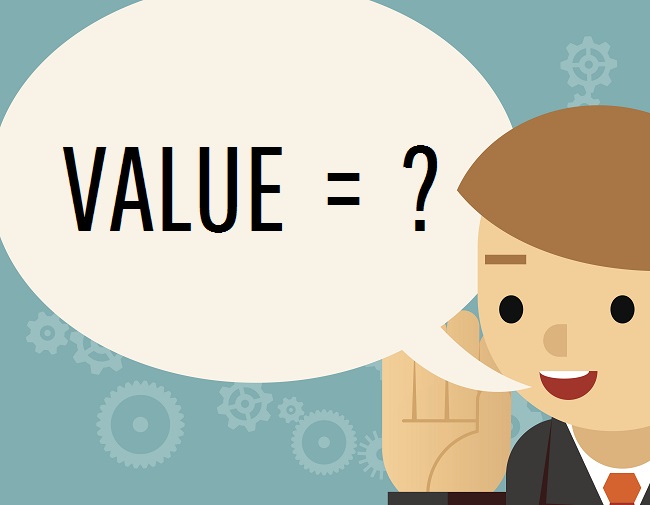Many accounting firms are now moving towards value-based pricing structures — particularly firms who are expanding their offer to include financial advice. But if you’re looking to refresh your pricing model, you need to be able to clearly articulate to your clients what the change will mean for them.

Things you should know: Count used reasonable efforts to ensure the commentary in this blog was accurate and true at the time that it was posted, but Count is not liable for any errors or omissions in the commentary. Since the time of posting it is possible that regulatory requirements and laws upon which the commentary were based have changed and the content is outdated. The commentary provided in this blog is informational only and while care was taken in the preparation of this blog, no liability is accepted by Count, its related entities, agents and employees for any loss arising from reliance on this blog. Any commentary regarding past economic performance is no indication of future performance and should be used as a general guide only.
Previously, we have discussed the benefits of value-based pricing over fee-for-service or time-based pricing. This involves tailoring your fee for each client to reflect the value they can expect to gain from your services.
But if you’re moving to a value-based pricing model, it’s vital to keep your existing clients informed about the changes ? especially if they’re used to paying a fixed fee. And with new clients, you’ll need to be able to clearly demonstrate upfront how your firm is able to deliver the value you’re promising.
Here are three things to keep in mind during the value conversation with each client, so they’ll be comfortable about making the journey with you.
1. Understand your client
Every client has different financial needs, goals and challenges — the better you understand them, the more value you’ll be able to offer. Even if you know your client already, use every meeting as an opportunity to dig a bit deeper and keep up to date with any changes to their circumstances.
Do as much homework as you can before meeting with your client for the value conversation. If they’re an existing client, review the services you already provide and consider opportunities to expand on those services. If they’re a new business client, research their organisation online. But while it’s important to be prepared, don’t pre-empt your client’s needs — the best way to find out how you can help a client is by asking them the right questions.
When you meet the client face to face, get them talking about their situation. Be brave in your questioning: find out what they want to achieve, how they hope to get there and any potential hurdles they’re expecting along the way. You should also try to uncover what is and isn’t working for them in their current situation, so you can look for ways to improve it.
By understanding your client’s needs, you can position yourself as a trusted adviser who can offer real solutions.
2. Paint a picture
Once you’ve listened to your client’s circumstances, it’s a good idea to reiterate their needs and goals. This will show that you’re on the same page you have their best interests at heart.
Next, explain the services you’d like to offer them and why you’re recommending that particular course of action. You’ll also need to articulate why you’re the right person for the job. So whether they’re an existing client or a new one, mention your experience helping clients in similar situations — and the great results you’ve achieved for others like them.
Finally, set out a schedule for service delivery, as well as any significant milestones along the way. Make sure your client understands how you plan to work with them at each stage of the journey, and how the timeframe you’ve suggested will allow you to deliver the highest quality service.
3. Value = Benefit - Cost
Remember that value is in the eye of the beholder. And to recognise the true value of your services, your clients need to understand how the benefit outweighs the cost. This means being as clear as possible about what your client will gain — whether it’s an increase in their net worth, a time saving for them or their business, a combination of both, or another measure altogether.
Your clients also need to be aware that your pricing isn’t based on the time you’ll spend or the process you’ll follow — it’s all about achieving the best possible outcomes for them. The main thing is stand by your pricing and be able to confidently explain the reasoning behind it.
If your client thinks your fee is too high, it might be worth offering them an alternative service package — but make sure they understand the value they could miss out on if they choose the alternative option. And if you and your client are still unable to reach an agreement on pricing, it may be better to let the client go. You should never devalue your services by reducing your prices to suit your clients, because your margins — and your business — will suffer over the long term.
Arriving at the right value-based pricing model for your firm won’t happen overnight and may involve some trial and error. But once you get there, you’ll have a solid foundation for building deeper client relationships that will sustain your business for many years to come.